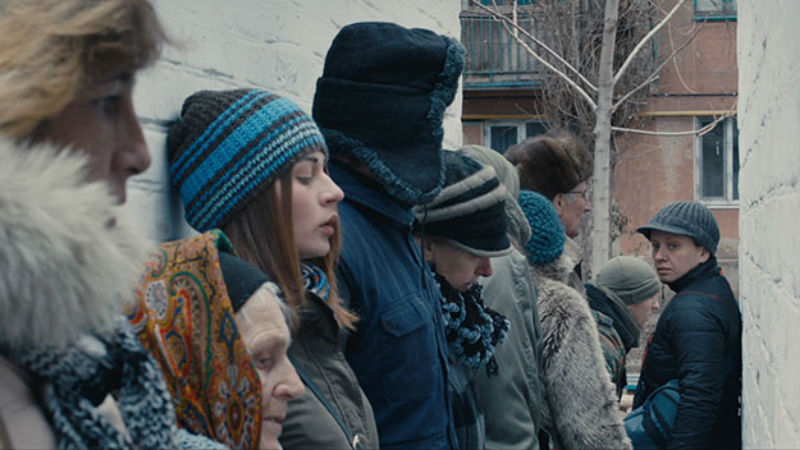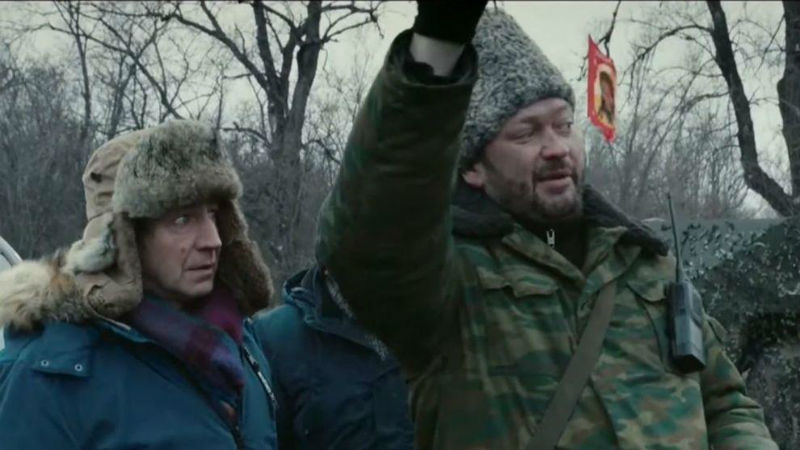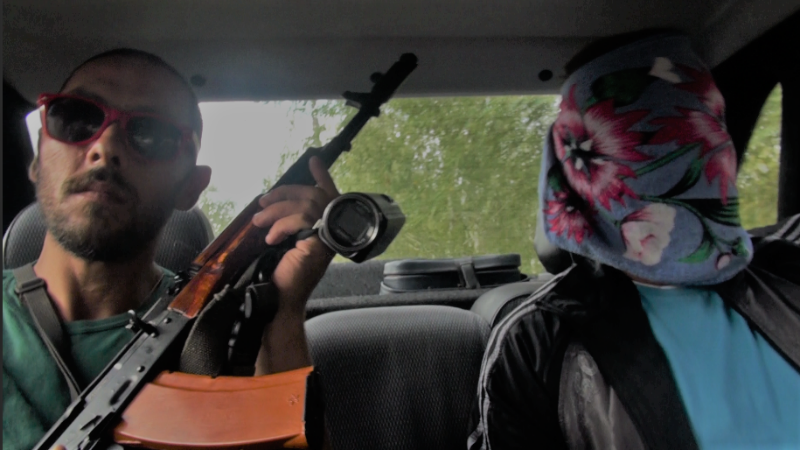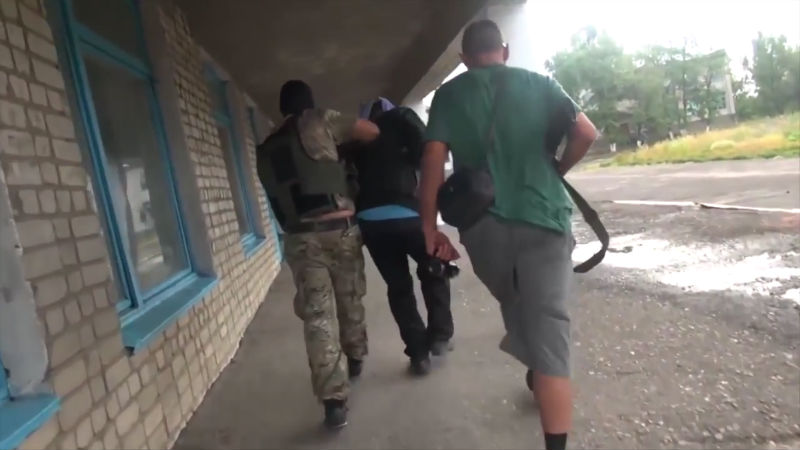As Inner Wars reminds us in its final post-script, Ukraine has been at war with pro-Russian separatists since 2014. It is a war without end, without resolution and without many resources; occurring in a far corner of Europe that is easy for people in the West to forget about. The Donbass region has experienced endless death, squalor and misery, with at least 13,000 people dead.
Many images of this war paint it as a male endeavour — think the unforgettably bleak images of Sergey Loznitsa’s Donbass (2018)— but hundreds of women have also made their way to the front lines. Once there, they face two enemies: the pro-Russian separatists and the patriarchal structure of the Ukrainian army.
Both an urgent and brave piece of war journalism — one scene literally capturing the filmmaker encamped in a cramped house under shellfire — and a contemplative look at the survival of femininity within a harsh, masculine world, Inner Wars uses its three protagonists to paint a broad and affecting picture of Ukraine’s female fighters.
They are the chain-smoking and cheery Elena, nicknamed The Witch, who followed her lover to the battlefield; Lera, a mortar commander, protesting against the dreadful conditions of her camp; and Iryna, a veteran who lost two of her legs and one of her eyes in a mine accident. They might be bound by the same struggle, but their relative levels of command within the military shows off the multifarious nature of war.
As the title suggests, the focus isn’t so much on the battle against the Russian separatists, but the internal struggle these women face for acceptance in a patriarchal society. Unlike the all-female squads that exist in Kurdistan, captured in Eva Husson’s Girls of the Sun (2018), these women are usually one of a few within a male battalion, working twice as hard to command the same respect as men. We don’t hear contemporaneous male perspectives at all (a lot of the time their off-hand comments aren’t even subtitled), a useful and moral choice that puts these women’s experiences front and centre.
Director Masha Kondakova immerses us in the battlefield — while we don’t see any action itself, we get up close with the resistance forces existing within such a depressing world. But it’s in Kyiv itself where the documentary finds its most combative moment: a distraught and bitter Iryna challenging Kondakova about her true intentions behind the film. It’s fascinating that this combative exchange is kept in, showing an ethical messiness to the documentary form that other filmmakers might choose to smooth over.
The prioritising of portraiture over projecture gives the film its steady power, buoyed by intimate handheld frames and a minimalist synth score. While the larger war is likely to carry on for some time yet, Inner Wars shows that at least some progress can be made by honouring the contributions and bolstering the leadership roles of some of its most dedicated combatants.
Watch Inner Wars online and for free during the entire month of December only with ArteKino.












